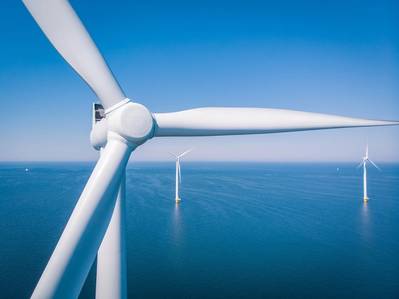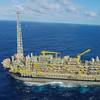US Offshore Wind Pushing Forward, But Short-term Cost Concerns Linger
As we move into March, we note both positive and negative trends developing in the U.S. offshore wind segment.
As an indication of the long-term sustainability of the offshore wind industry in the United States, federal agencies are finalizing the auction by the middle of this year of three Gulf of Mexico sites that will support a minimum of 3.6 gigawatts (GW) of offshore wind capacity. This capacity is likely to come onstream early in the next decade. Including the Gulf of Mexico sites, federal authorities will have leased sites with a cumulative generating capacity of 60 GW. Further, federal authorities to continue to refine eight potential lease areas in the Central Atlantic for auction in the first quarter of next year and are also analyzing suitable sites off Oregon and in the Gulf of Maine. Funding continues to be made available for the supply chain, port and transmission system development required to support the forecast offshore wind build-out.
Despite federal authorities auctioning sites with around 60 GW of potential to developers, till now only 17.5 GW of the capacity has secured offtake commitments from East Coast states. North and Mid-Atlantic States plan an additional 16 GW of offtakes in the short- to mid-term and have identified as much as a further 20 GW of longer-term capacity goals.
While the long-term foundations for the sector continue to solidify and support the deployment of 30 GW of offshore wind by 2030 and 110 GW by 2050, the short-term situation remains a concern. Ørsted, Avangrid, Dominion and the shareholders of SouthCoast Wind (formerly Mayflower), developers of around 20 GW of East Coast capacity, have recently reported worrying cost trends for their projects. We continue to watch for potential impacts on project schedules.
Our forecast accounts for close to 70 projects that will install over 78 GW of capacity in this and the next decade and a total 110 GW by 2050. The 78 GW forecast capacity will require capital expenditure amounting to over $240 billion to bring onstream, a recurring annual operations and maintenance spend of around $11 billion once delivered, and close to $35 billion of decommissioning expenditure at the end of commercial operations:
- Two major Outer Continental Shelf (OCS) projects with around 940 megawatts (MW) of capacity have been permitted, taken a final investment decision (FID) and one has commenced offshore construction and the other is preparing for offshore construction.
- The number of projects that are expected to make an FID within the next 18 months is 13 amounting to around 13 GW of capacity.
- A further six projects with a capacity of close to 3 GW are expected to make an FID within 18-36 months as well as an additional 13 projects for over 15 GW in 36-60 months.
- Longer term, we have identified 35 projects with a total capacity of 45 GW, which support the installation of a cumulative 75 GW by 2035 and over 80 GW by 2040.
Details can be found in Intelatus' monthly report on the U.S. offshore wind segment.















